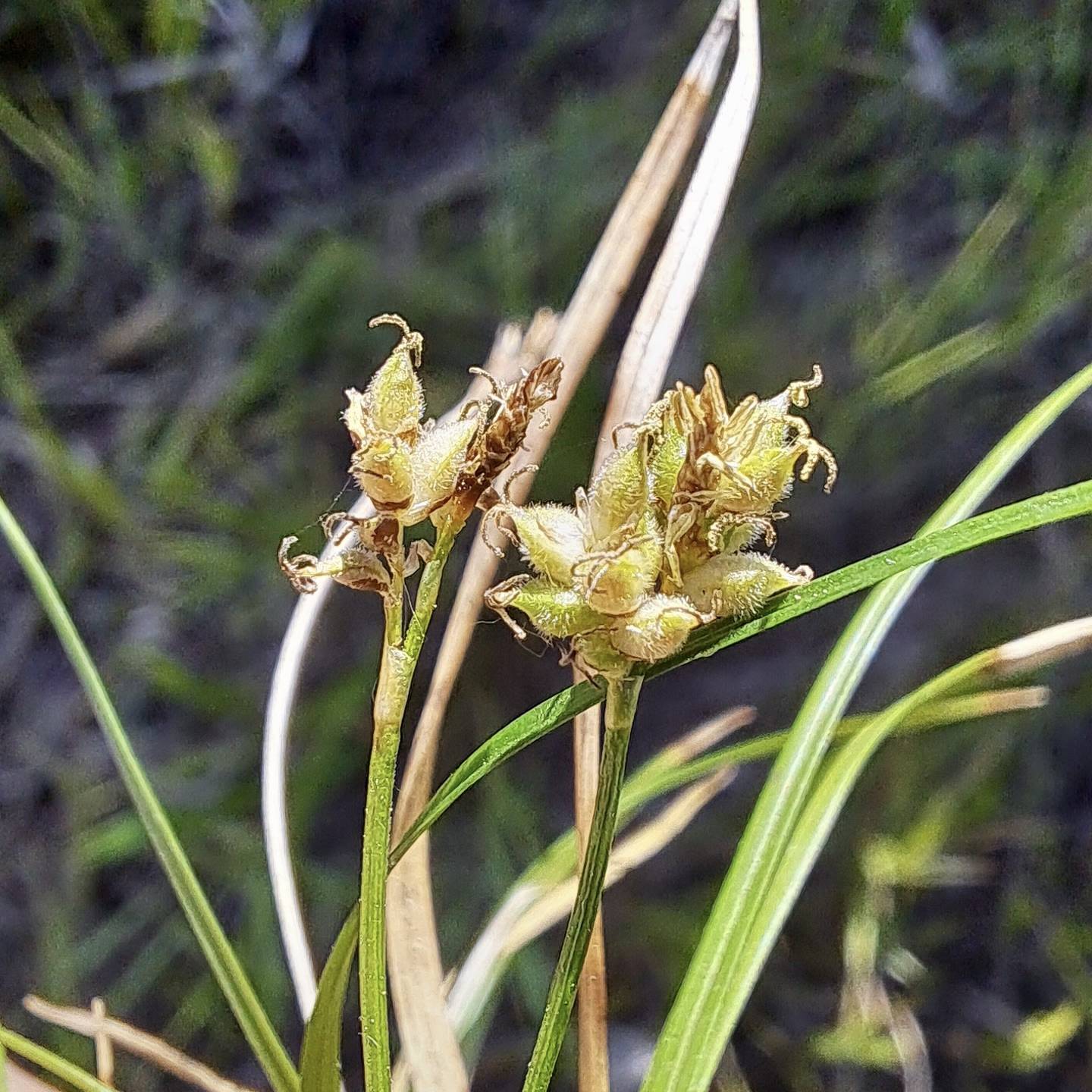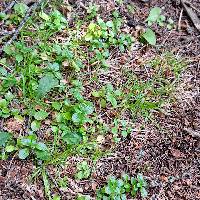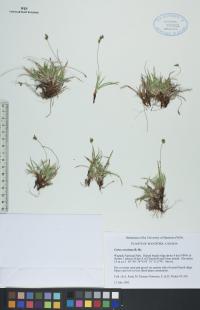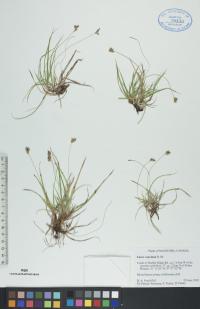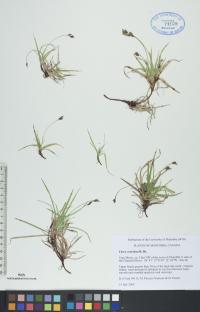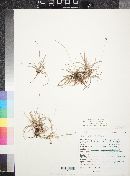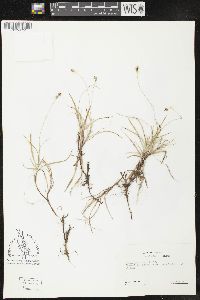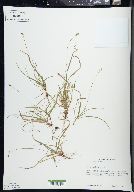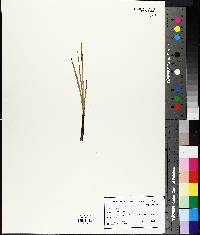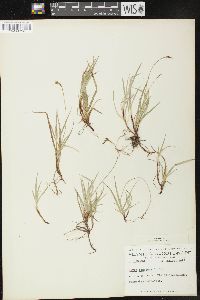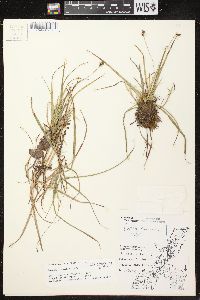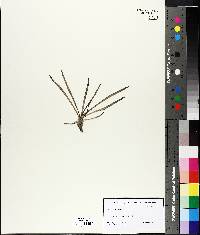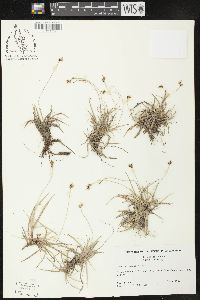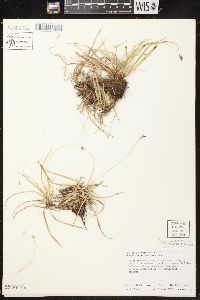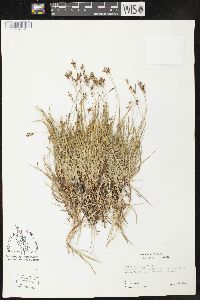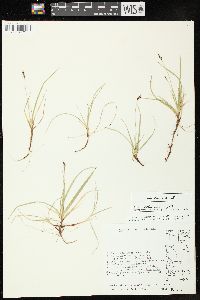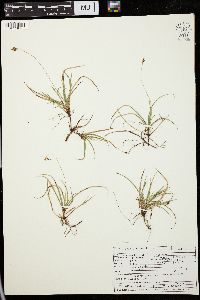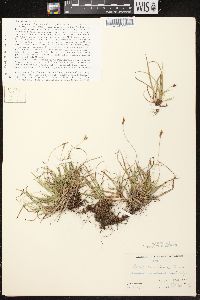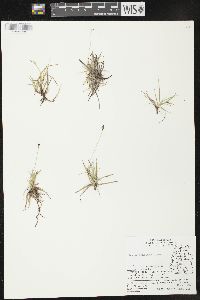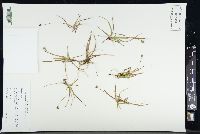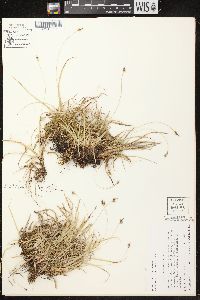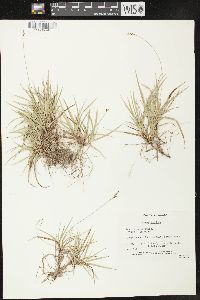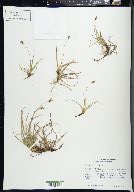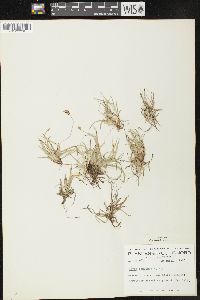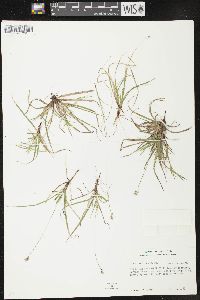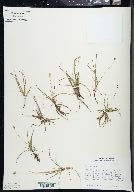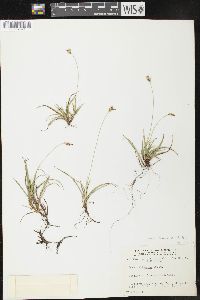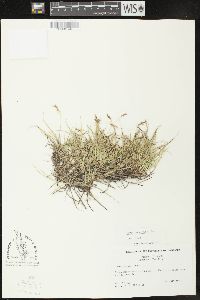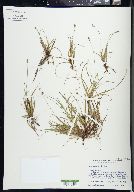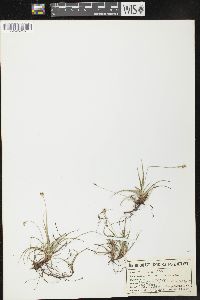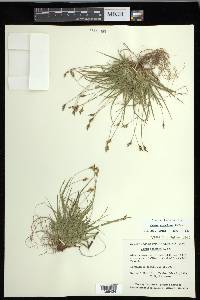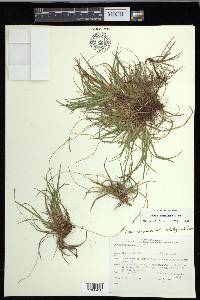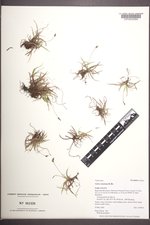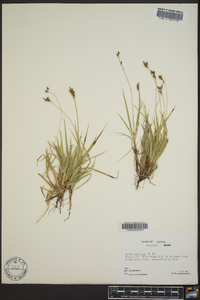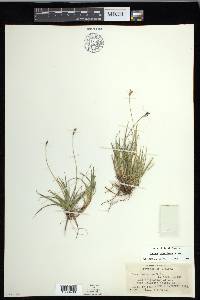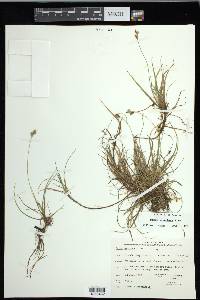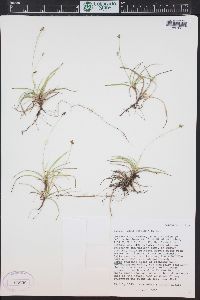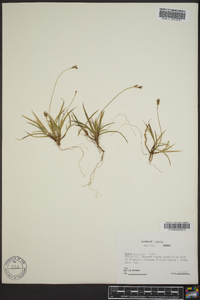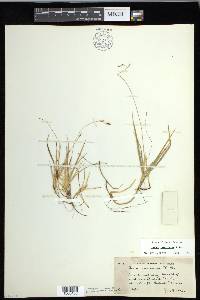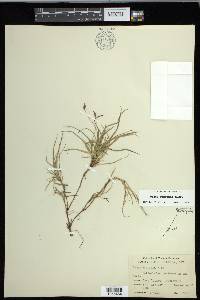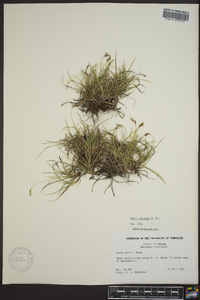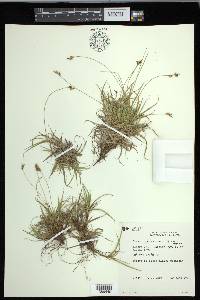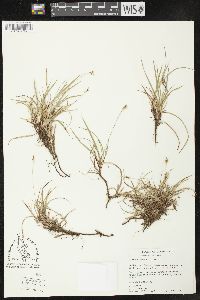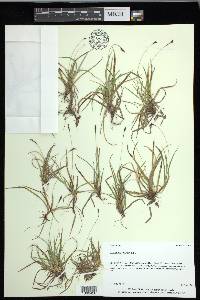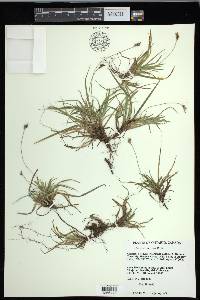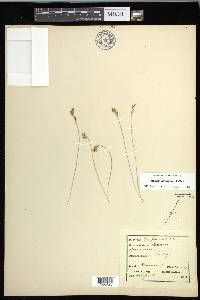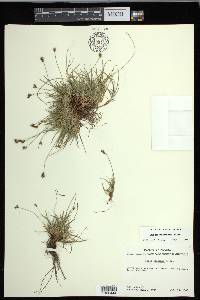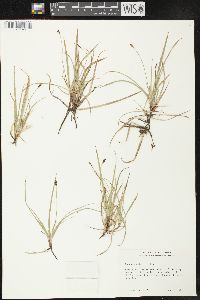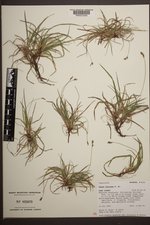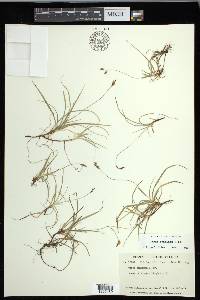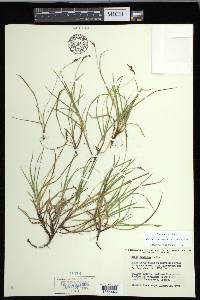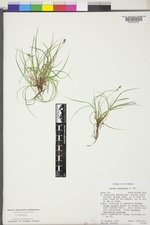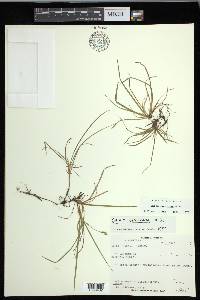Carex concinna
|
|
|
|
Family: Cyperaceae
Low Northern Sedge
|
Plants densely cespitose, short-rhizomatous. Culms 5.5-20 cm. Leaves: basal sheaths reddish brown, blades mostly basal, pale green, shorter than culms, thin, 1-3.1 mm wide. Inflorescences: peduncles of proximal spikes short; peduncles of terminal staminate spikes 1-3.1 mm; proximal bracts short-sheathing; pistillate spikes 2-3, emerging from cauline nodes, aggregated, ascending, ovoid to ellipsoid; terminal staminate spikes 5-6.8 × 1.1-1.5 mm. Scales: pistillate scales reddish brown, ovate, apex obtuse, minutely ciliate. Anthers 1.3-1.4 mm; staminate scales dark reddish brown, ovate, margins white, apex obtuse to rounded, scarious. Perigynia ellipsoid, 2.3-3.3 × 1.1-1.4 mm, base cuneate, pubescent with coarse, wrinkled white hairs; beak straight, 0.3-0.4 mm. Stigmas 3, thin, flexuous, strongly papillose. Achenes ellipsoid, 1.7-2.1 × 1-1.3 mm. 2n = 54. Fruiting spring-summer (late May-late Jul). Moist to dry meadows, riverbanks, thickets, flood plains, and open spruce, pine, cedar, birch, aspen, and willow woodlands, usually on calcareous substrates; 0-3000 m; Alta., B.C., Man., N.B., Nfld. and Labr., N.W.T., Nunavut, Ont., Que., Sask., Yukon; Alaska, Colo., Mich., Mont., Oreg., Wis., Wyo. Carex concinna is common in northern Canada and Alaska, particularly in the western mountains in the montane zone. It is often abundant, along with C. richardsonii, on open gravelly or sandy banks of spring flood channels. Superficially, C. concinna looks quite similar to C. deflexa Hornemann and C. rossii Boott of sect. Acrocystis. It differs from them in its strongly sheathing, short-bladed bracts, perigynium indument of coarse, wrinkled hairs, and minutely ciliate pistillate scale apices.
Rhizomatous and sometimes also tufted, 5-15 cm; lvs mostly basal, often recurved-spreading, 5-10 cm נ1-3 mm; staminate spike terminal, solitary, only 3-7 mm; anthers
1-1.5 mm; pistillate spikes 2 or 3, approximate, sessile or short-peduncled, 4-8 mm; bract subtending the lowest spike 1 cm or less, with an expanded, usually sheathing base 2-5 mm and an awn-tip of similar or lesser length; pistillate scales blunt, brown with hyaline margins, distinctly shorter than the perigynia, often only half as long; perigynia 5-12, 2-3(-3.5) mm, puberulent, plump, 2-ribbed, abruptly contracted to the very short beak less than 0.5 mm; basal spines none; achene rounded-trigonous; 2n=54. Coniferous woods; Nf. to Yukon, s. to n. Mich., n. Wis., S.D., Colo., and Oreg. Gleason, Henry A. & Cronquist, Arthur J. 1991. Manual of vascular plants of northeastern United States and adjacent Canada. lxxv + 910 pp. ©The New York Botanical Garden. All rights reserved. Used by permission. |

